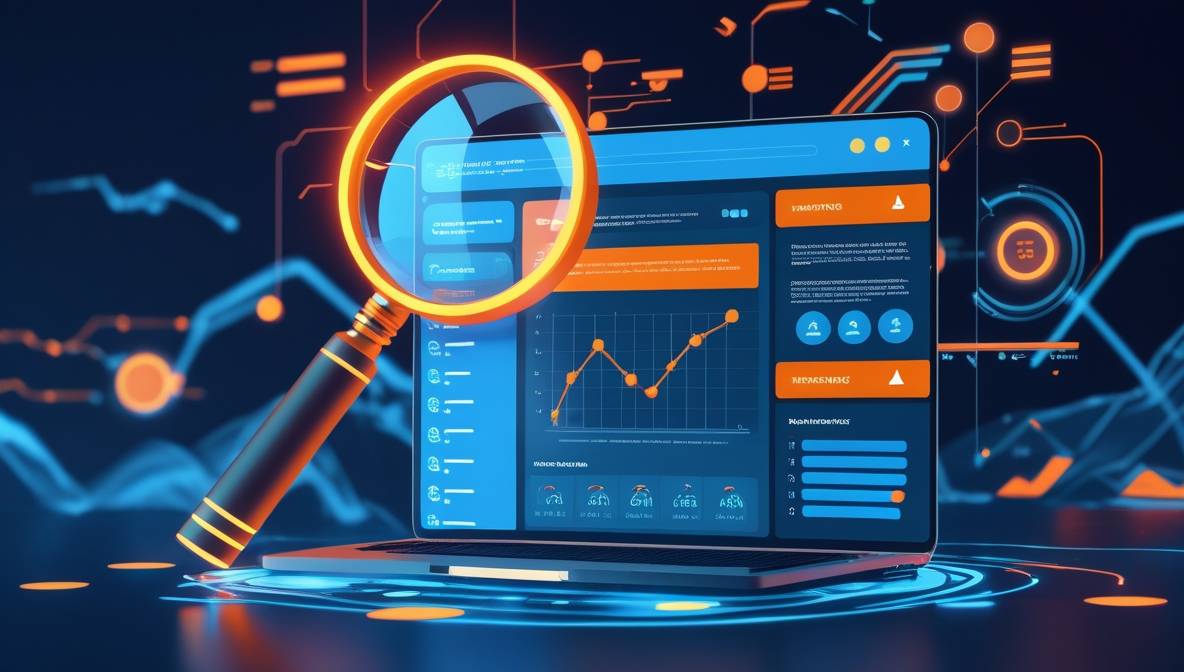On-page SEO continues to dominate as a foundational strategy for improving organic search performance. By optimizing individual web pages, businesses enhance visibility, drive targeted traffic, and align with evolving search engine algorithms. This guide explores proven tactics to refine on-page elements, from content structure to technical adjustments.
How Search Engines Evaluate On-Page Factors
Search engines prioritize relevance, authority, and user experience when ranking pages. Google’s algorithms, including BERT and MUM, now emphasize semantic understanding and context over exact-match keywords. Key ranking factors include:
- Content Quality: Depth, accuracy, and originality
- Technical Performance: Page speed, mobile responsiveness, and crawlability
- User Engagement: Bounce rates, session duration, and click-throughs
A recent study by SEMrush found that pages with optimized headers and structured data rank 35% higher than non-optimized counterparts.
Keyword Research: Precision Over Volume
Effective keyword strategies focus on intent alignment. Tools like Ahrefs’ Keywords Explorer and Google’s Keyword Planner identify high-impact phrases. For example, targeting “how to fix slow WordPress hosting” instead of “WordPress hosting” captures users at the decision-making stage.
| Keyword Type | Example | Monthly Volume |
|---|---|---|
| Short-Tail | SEO tools | 22,000 |
| Long-Tail | Best free SEO tools | 4,500 |
| Question-Based | How to use Ahrefs | 1,200 |
Integrate keywords into:
- Title tags (under 60 characters)
- H1/H2 headers
- First 100 words of content
For advanced tactics, explore our guide to keyword research, which details semantic variations and competitor gap analysis.
Content Optimization: Beyond Keywords
Google’s Helpful Content Update rewards pages that satisfy user intent. Structure content using the inverted pyramid model:
- Primary Keyword in H1
- Subtopics in H2/H3 Headers
- Bullet Points for Readability
- Multimedia Integration (e.g., infographics, videos)
A case study by Backlinko revealed that articles over 2,000 words earn 77% more backlinks than shorter posts. However, depth must align with user needs—technical guides require exhaustive detail, while product pages thrive on conciseness.
Technical On-Page Adjustments
- URL Structure: Use hyphens and lowercase letters (e.g., /on-page-seo-guide/)
- Meta Descriptions: Include primary keywords naturally, limit to 155 characters
- Image Optimization:
- Compress files using free tools
- Rename files (e.g., “on-page-seo-strategies.jpg” instead of “IMG_1234.jpg”)
- Add descriptive alt text
For mobile optimization, leverage Google’s Mobile-Friendly Test to identify rendering issues.
Internal Linking and Authority Distribution
Strategic internal links guide users and distribute page equity. Link new posts to cornerstone content like our Ultimate Guide to SEO. Use contextual anchor text:
- Weak: “Click here for more SEO tips”
- Strong: “Explore local SEO strategies for small businesses”
Audit links quarterly using Screaming Frog to fix broken connections.
Measuring Success: Key Metrics
Track performance via:
- Google Search Console: Impressions, CTR, average position
- Google Analytics 4: Engagement time, scroll depth
- SEMrush Position Tracking: Keyword ranking fluctuations
Pages with a CTR below 2% may require meta tag revisions. For deeper insights, read our Google Analytics tutorial.

